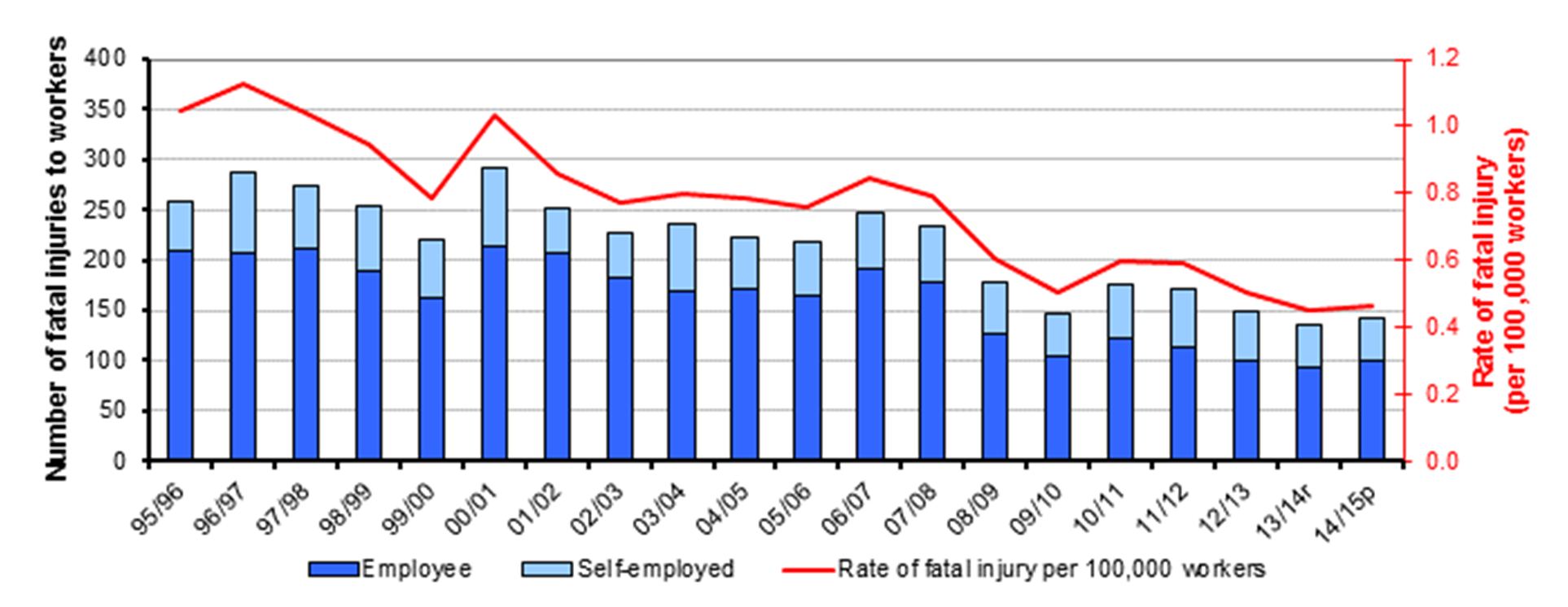Construction Design Management Regulations – CDM, originally came into force in the UK in 1994. It was based on a European “Construction Sites Directive”, key aspects of which were implemented within the Construction Industry.
Construction Industry had long been identified as the one of the most dangerous. Introduction of CDM 94 led to major changes in the in the industry in an attempt to reduce and minimise fatalities and injuries.
By placing duties on Clients and Designers, risk reduction could be achieved with better planning, coordination, cooperation as well as management. Furthermore, for larger projects the Health and Safety Executive (HSE) had to be notifies by submitting a F10 form.
In 2007, CDM regs were revamped and enforced in order to make them more suitable and further reduce risks. A new CDM Coordinator role was introduced to assist the Client by offering advice and generally managing the project risks. It was also identified that all associated project hazards, to do with construction, as well as Operation and Maintenance are best designed out at an early stage.
The new regs put big emphasis on competency and demonstration of competency. It also aimed to make the process leaner by cutting out unnecessary paperwork, based on the level of risk involved.
Although this version of the regulations was deemed largely successful, in 2015 the latest revision of the regulations came into force. In CDM 2015, the new regulations now also applied to domestic Clients. The notification period was amended to 30 days with more than 20 persons working on site at the same time. A Construction Phase Plan (CPP) is now required for all projects. There are extra duties on the Client to take adequate steps and ensure that Principle Designer (PD) and Principle Contractor (PC) are complying with their duties.

